May 30, 2025
Jack of All Trades - Case Making Mimicry at Favre & Perret

Marcus Siems @siemswatches
Collector, Author, Data Analyst
During the 20th Century the Swiss watch industry functioned like a pyramid of specialized suppliers supporting the watch manufacturers on top - the Etablissage ([source], [source], [source]). Rarely you'd find vertically integrated production lines and even brands like Patek Philippe, Audemars Piguet and Universal Geneve relied on external experts not only to make but also design their cases! What's unfathomable today was completely normal 50 years ago.
However, there is one caveat with this as well: Just because a case maker is responsible for a design doesn't necessarily mean that they are the only ones making it...
The same case design - sometimes even for the very same reference - could have been made by different case makers:
 Can you spot the "Favre & Perret" case among the "Jeanneret" cases? Photos Courtesy of Goldammer, Antiquorum, RareBirds, S.Song Watches, Luca Mignini, & WindVintage.
Can you spot the "Favre & Perret" case among the "Jeanneret" cases? Photos Courtesy of Goldammer, Antiquorum, RareBirds, S.Song Watches, Luca Mignini, & WindVintage.
1) Favre & Perret
But let's start from the top. One of the leading (and one of my personal favorite) case makers of the Etablissage era (1934-1980s) has been Favre & Perret. The La Chaux-de-Fonds based case maker was pivotal in the production of high-end timepieces like the Patek Philippe Perpetual Calendar ref. 3940 (1985-2003, [Collectability]) and some of the more extravagant Patek Philippe Ellipse references like the 3634.
Moreover, Favre & Perret (hallmark hammerhead #115) helped the close-to-Patek Ateliers Reunis (Geneva key #28) with supplying parts as well as making full cases of the earliest Nautilus models (ref. 3700). Further, they also made cases for Movado's calendar watches and slim facet-lug cases for Omega and Rolex. All in all, a very prestigious portfolio.
So here are two tremendously beautiful Movado Celestografs - one made by F. Borgel and one by Favre & Perret:
 Two vintage Movado Celestografs. As similar as these pieces appear there's a difference in case makers: water-resistant Francois Borgel (left) and the Favre & Perret (right). The same design by different case makers, how can that be? Photos Courtesy of The Time Curator, Arrow of Time, Bachmann & Scher, & Hairspring Watches.
Two vintage Movado Celestografs. As similar as these pieces appear there's a difference in case makers: water-resistant Francois Borgel (left) and the Favre & Perret (right). The same design by different case makers, how can that be? Photos Courtesy of The Time Curator, Arrow of Time, Bachmann & Scher, & Hairspring Watches.
But... wait, wait wait. How is that possible? That's the same case design, isn't it? Why was Favre & Perret making Borgel-look-alike cases? And that's not all: We can find many more examples of multi-site production including the F&P manufacture from La Chaux-de-Fonds... Is there something else about the Etablissage system that we have overlooked so far?
2) Movado Calendar Watches
The depicted Movado pieces are great examples to answer these question (see above). In a nutshell, exclusivity to a certain case maker can only exist with a clear patent. Patents on a specific watch design or rather aesthetic aspect are almost unheard of. Patents were generally granted for technological inventions and technical aspects of watches and their functionality... just like the water-resistant properties of the Francois Borgel cases with screw-down case. In contrast, the more sophisticated appearing Favre & Perret cases could feature "only" a snap-on case back.
 Three Movado Celestograf pieces ref. 14970 (left, FB case), 14920 (middle, ??) and 44920 (right, F&P case). Three times a flame-lug design but in three quite distinct executions. Photos Courtesy of Goldfinger Watches, Shuck the Oyster, & Bachmann & Scher.
Three Movado Celestograf pieces ref. 14970 (left, FB case), 14920 (middle, ??) and 44920 (right, F&P case). Three times a flame-lug design but in three quite distinct executions. Photos Courtesy of Goldfinger Watches, Shuck the Oyster, & Bachmann & Scher.
As you can see from the three references above each of the three flame-lug Celestograf calendar watches has some unique features to them. First, the FB example (left) shows relatively bulgy lugs while the other two are more angled. Second, the step on the bezel differs between all thee examples. Third, the F&P case (right) displays a notched case side while the other two are straight.
Thus, even though we perceive these pieces as coming from the same design origin their executions differ by case maker. But those are differences between references... Now I will show you examples of different case makers even within the same reference!
3) The Curious Case of the Jeanneret Lugs
 The "Jeanerret lugs"... If you ask a vintage watch nerd what they think about when hearing the name (Henri) Jeanneret this is what they'll describe to you: A chronograph with faceted lugs. The upper chamfer is facing upwards while the edge tapers off as perfect extension to the bezel. The lug tip in the profile is bend down. Photos Courtesy of RareBirds.
The "Jeanerret lugs"... If you ask a vintage watch nerd what they think about when hearing the name (Henri) Jeanneret this is what they'll describe to you: A chronograph with faceted lugs. The upper chamfer is facing upwards while the edge tapers off as perfect extension to the bezel. The lug tip in the profile is bend down. Photos Courtesy of RareBirds.
If you're going down the vintage watch rabbit hole at some point you'll start to hear about certain styles, nicknames and case makers. The so-called "Jeanneret case" is definitely one of these phenomena that a well-educated watchnut will tell you lengthy stories about.
Basically, it's a chronograph style with faceted lugs. The upper chamfer is facing upwards while the edge tapers off as perfect extension to the bezel. The lug tip in the profile is bend down. Very recognizable, very collectable, very Jeanneret (hallmark hammerhead #166, Le Locle, [source]).
 Another stunning Jeanneret example: A 1930s Universal Geneve Compur ref. 5166 with Sandwich Dial. Photos Courtesy of Song Watches.
Another stunning Jeanneret example: A 1930s Universal Geneve Compur ref. 5166 with Sandwich Dial. Photos Courtesy of Song Watches.
To my surprise I recently learned that not all of these "very Jeanneret" cases are actually made by Jeanneret in Le Locle (Peseux) but some come from - drumroll - La Chaux-de-Fonds and more specifically from Favre & Perret ([example], [example]).
These example are in no way, shape or form different from the nick-namesake executions and thus very hard to come by. In the Compax/Compur range you can find at least 3 distinct 5-digit references with the same lug style: refs. 12420, 12436, 12510 (compare [source]). The ref. 12420 is the 35mm version with flat bezel, the 12436 is 35mm with inclined bezel and the 12510 is the 37mm flat bezel version. For both 35mm iterations you can identify both F&P and Jeanneret-made cases*.
 Three distinct examples of the Universal Geneve ref. 12420 (35mm, flat bezel). The first on the left is from 1938 (729.xxx range) while the other two are from the early 1940s (815.xxx range). Photos Courtesy of Highlife Watches, WindVintage, and Urlogg.
Three distinct examples of the Universal Geneve ref. 12420 (35mm, flat bezel). The first on the left is from 1938 (729.xxx range) while the other two are from the early 1940s (815.xxx range). Photos Courtesy of Highlife Watches, WindVintage, and Urlogg.
Now, how can it be that Universal Geneve placed an order for the very same case design (same reference) with different case makers? The important factor is time:
If we go further back to the 4-digit chronograph references (valid until around 1938) we can see that this particular design was stamped #166 Jeanneret ([example],[example]). Hence, most likely Henri Jeanneret was the first to introduce the style. Now, all the #115 Favre & Perret made examples come out of the transition period to the 5-digit references in 1938. After that time the cases are Jeanneret-stamped again. And remember it's the same references we're talking about. I can only conclude that time (or production badge) is the defining factor whether one of these cases is made by the manufacture Jeanneret themselves or outsourced to Favre & Perret.
4) Conclusion
I've put it up front but (case) design during the last Century was a fluid concept detached from watch manufacturers and even at times the people making the cases. Another prominent example for this is the following extremely poplar watch, the Patek Philippe ref. 2499:
 Two First Series Patek Philippe ref. 2499 Perpetual Calendar Chronograph pieces with cases made by Vichet (left) and Wenger (right). Photos Courtesy of Phillips HK, & Phillips Geneva.
Two First Series Patek Philippe ref. 2499 Perpetual Calendar Chronograph pieces with cases made by Vichet (left) and Wenger (right). Photos Courtesy of Phillips HK, & Phillips Geneva.
The ref. 2499 Perpetual Calendar Chronograph that Patek Philippe launched in 1950 sported a very different case than executions from 1952/53 onwards. The earliest examples were made by Emil Vichet (Geneva key #9) while later Patek Philippe switched to Wenger (Geneva key #1) to supply the cases. But here the designs still vary. Not only was the Vichet 2499 smaller by 1.5mm in diameter, also the lugs were a lot more expressive than on the Wenger 2499. Thus, you don't have to open the case to learn about its maker.
A different and similarly popular example are the early Speedmasters from Omega. For the same reference, say 105.003 "Ed White", you can identify several case makers ([source]) and again time is the defining factor.
 A segway back to the headline... Probably my favorite calendar watch - the ref. 3940 from Patek Philippe with a yellow golden Favre & Perret case. Photo Courtesy of Watch Brothers London.
A segway back to the headline... Probably my favorite calendar watch - the ref. 3940 from Patek Philippe with a yellow golden Favre & Perret case. Photo Courtesy of Watch Brothers London.
So let us come back to Favre & Perret and their ability to step in when others can't provide. On the one hand, the examples I have shown to you here can only provide anecdotal evidence. On the other hand, they are also the first brush strokes to the bigger picture. You have to put it this way: For a case maker to supply someone else's product you'd have to deliver premium quality while also being versatile, flexible and scalable.
The Jeanneret case, the Celestograf 2.0, the Patek Philippe 3940, the Nautilus, the Nautillipse ([source]), the C-shape ([source])... Original and shared designs, all under one roof. If there was a mold for it, F&P could deliver.
And in the bigger picture it shows us once more how different the watch world operated in the 20th Century. For a small Alpine country like Switzerland to be the leading manufacturer of high-end mechanical excellence it needed all hands on deck. If the Etablissage has to work on a large-scale all the time a jack of all trades needs to step in at times.
Acknowledgements
I'd like to thank Luca Mignini (@UniversalPeopleUniversalDreams) for pointing me towards the Jeanneret/F&P mystery.
Footnotes
* What I need to underscore here is that it is impossible that this is due to a mistake. The reference and the case maker are engraved into the very same piece of metal. It thus can't be a mixup of case back and case, i.e. a Frankenwatch.
All rights on text and graphics reserved to the Author.




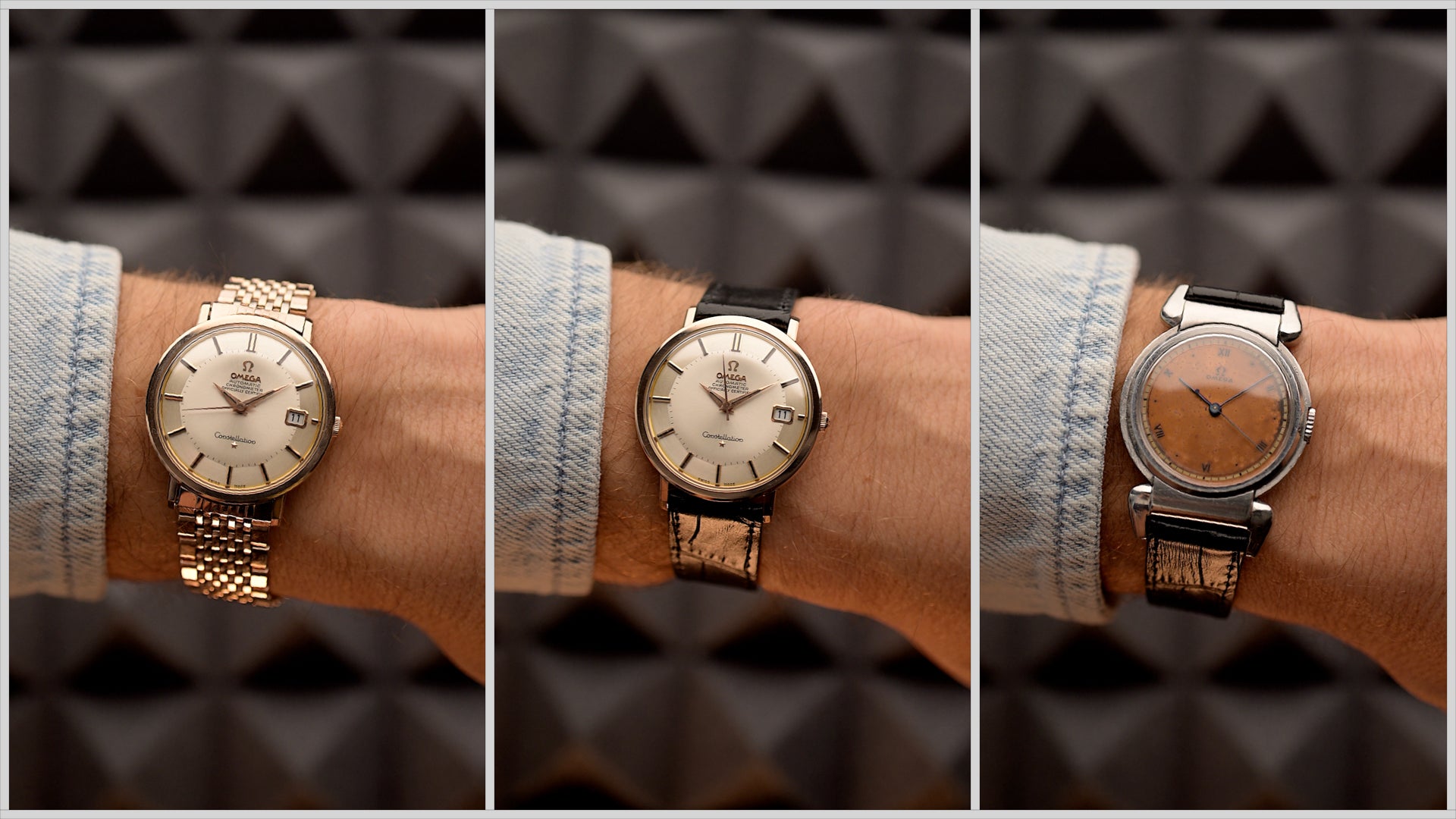
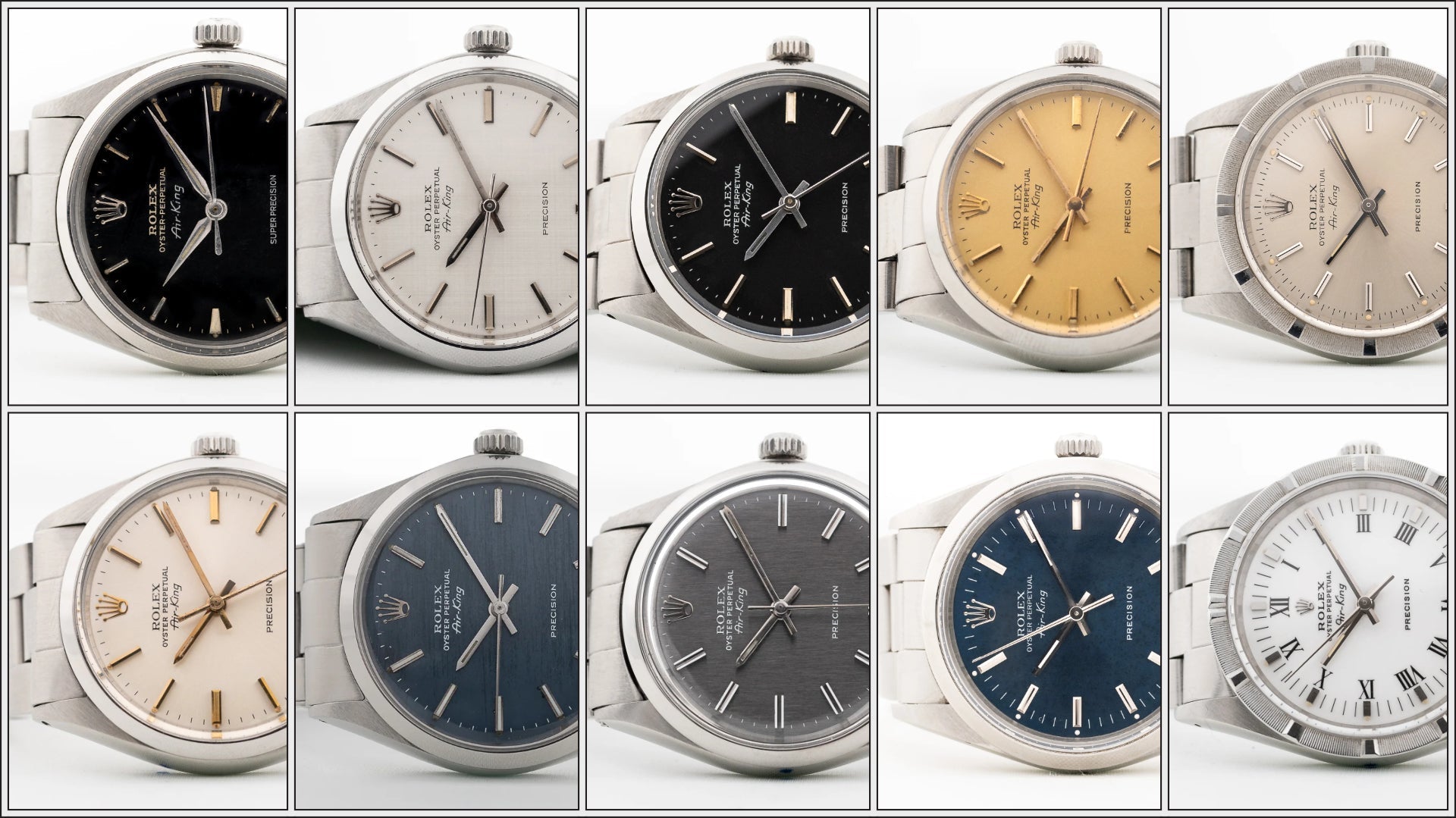
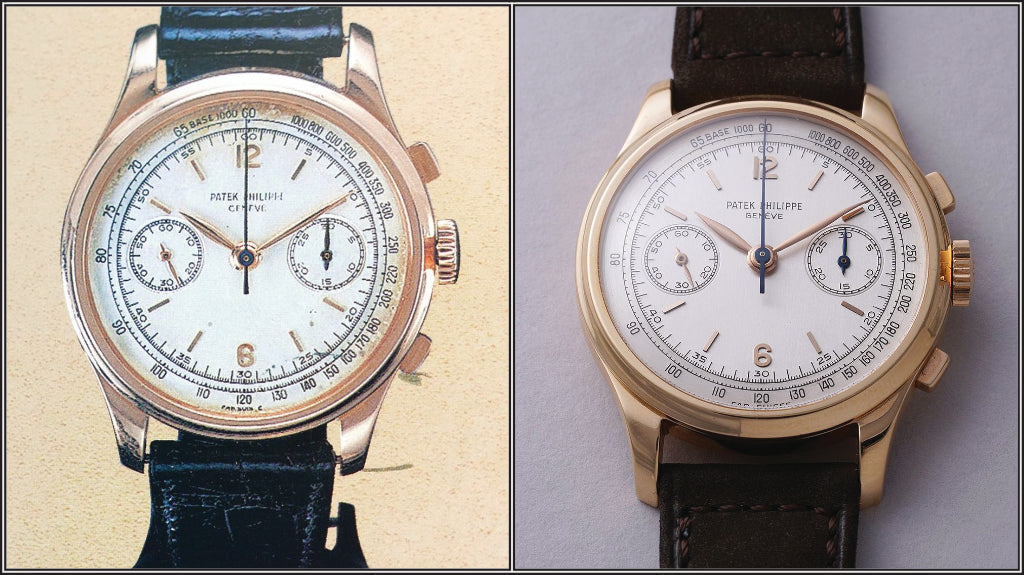
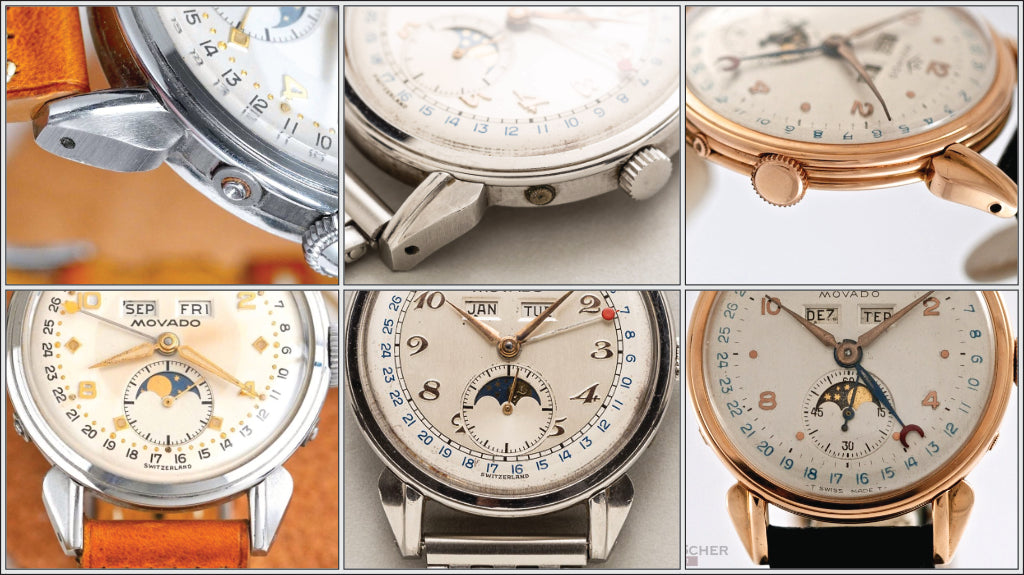














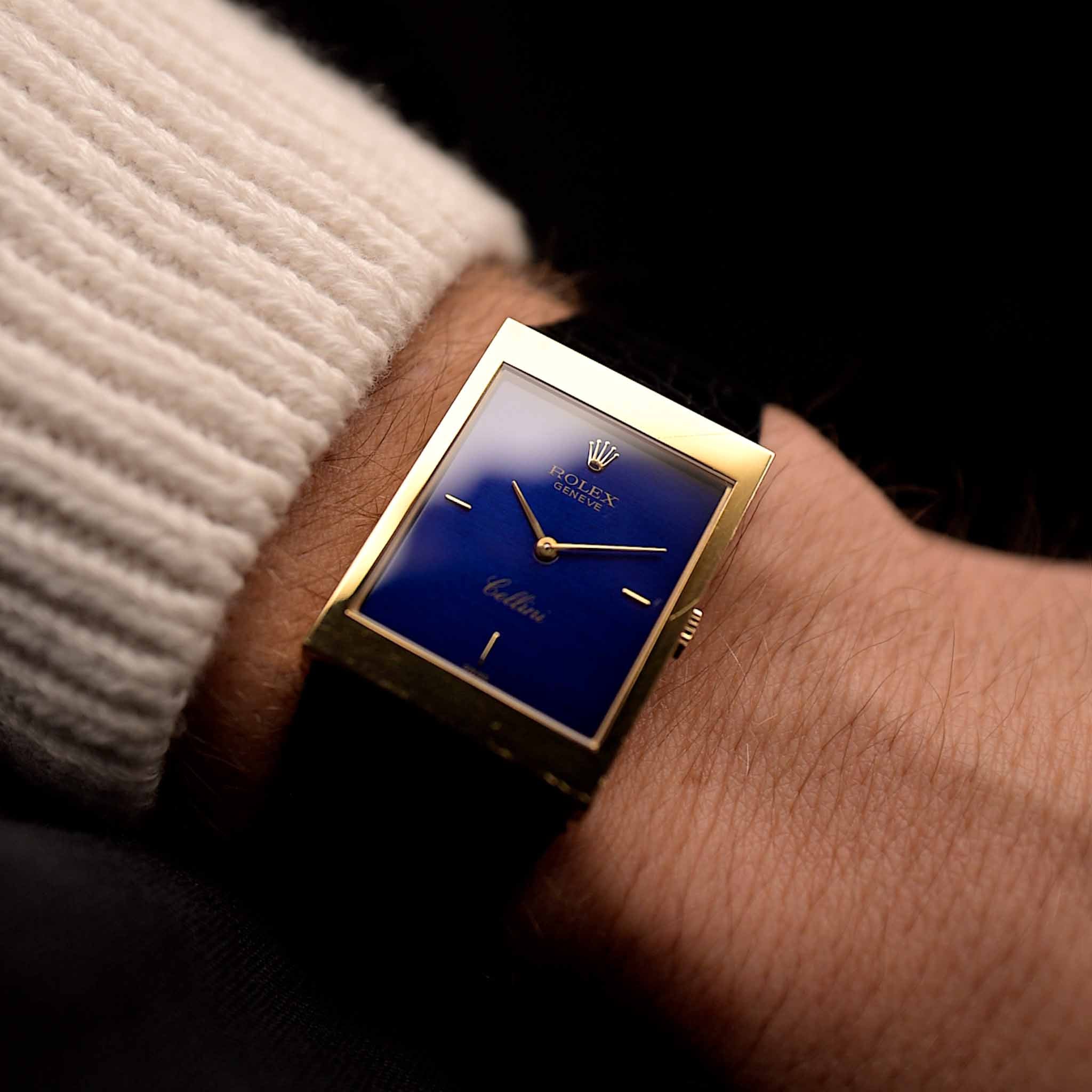
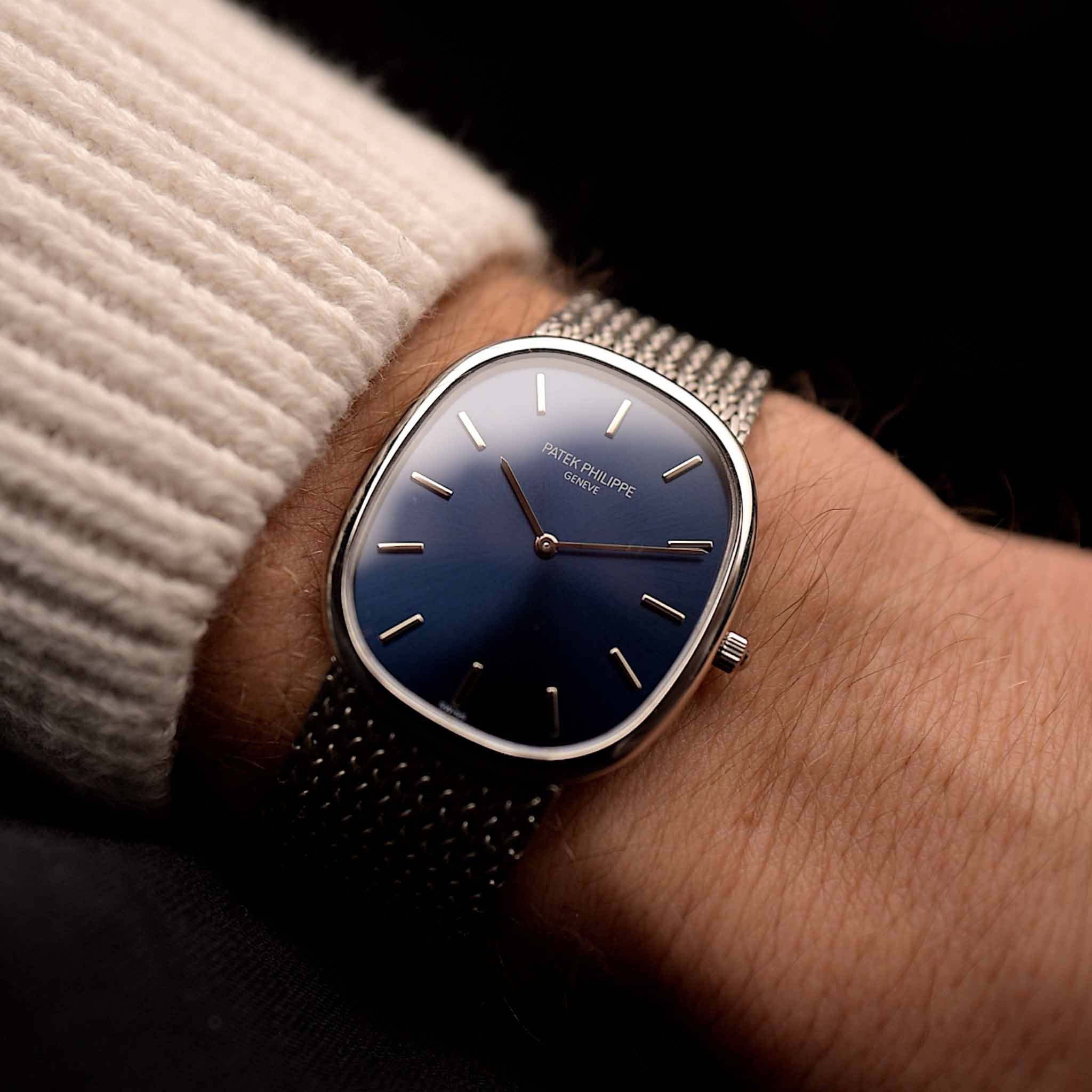
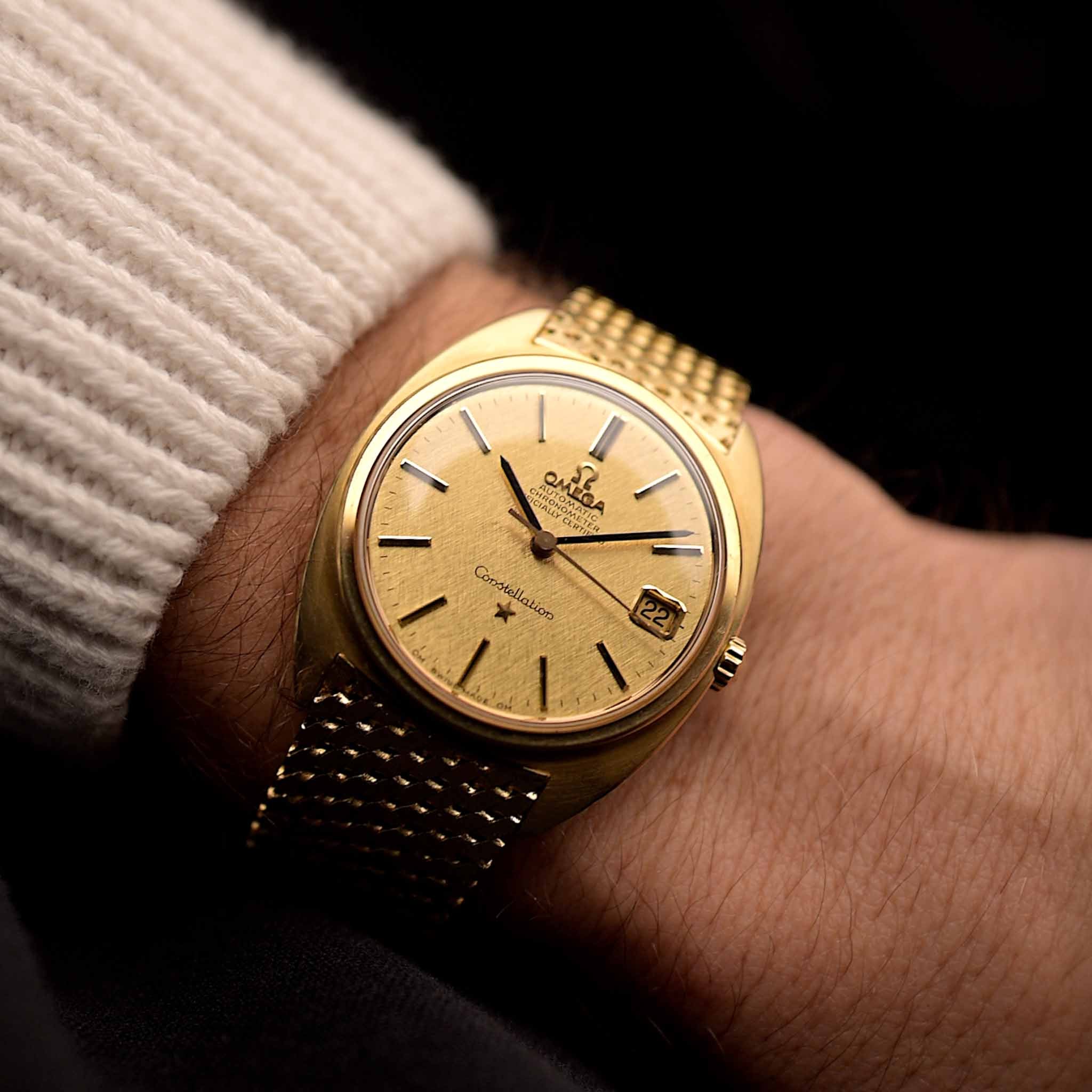
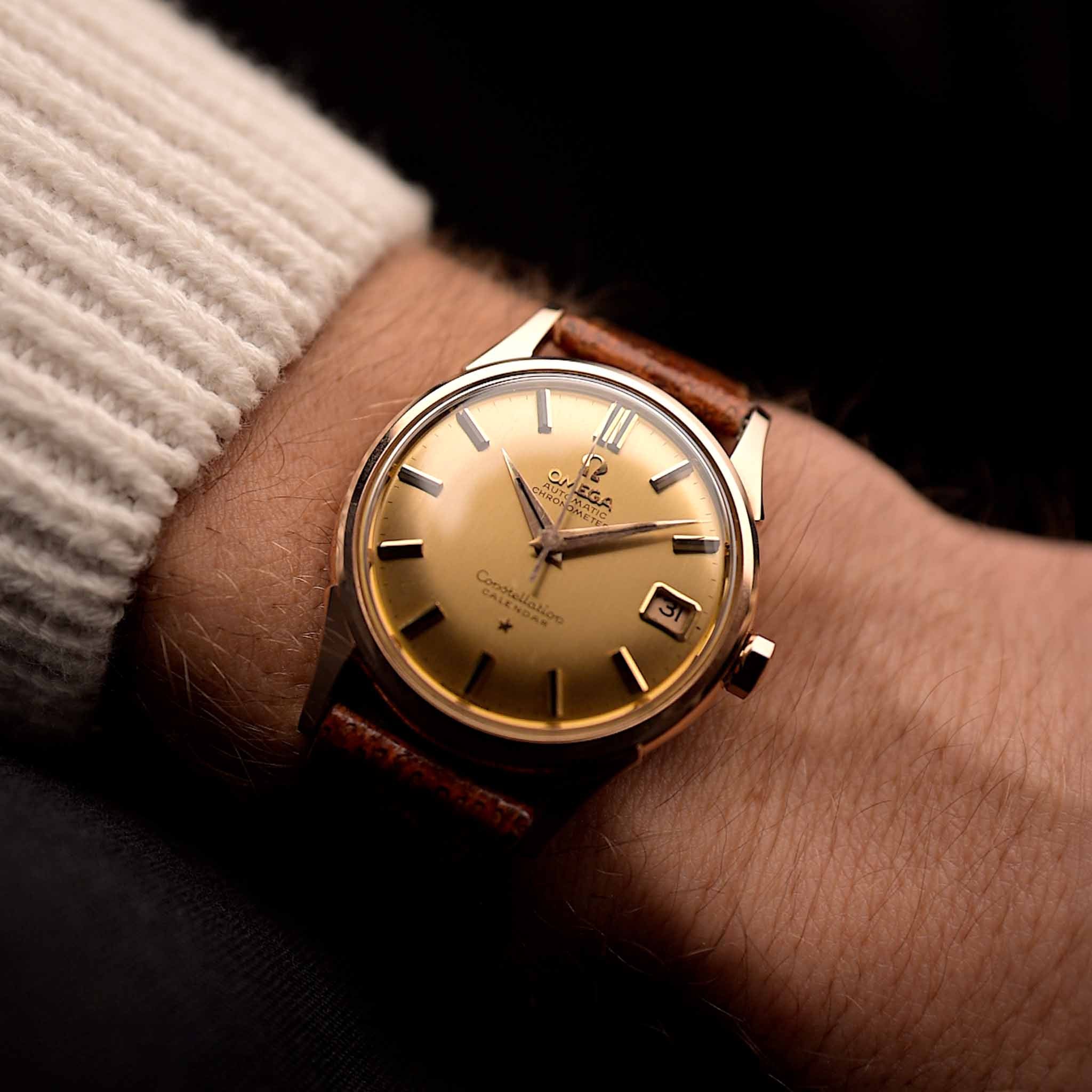
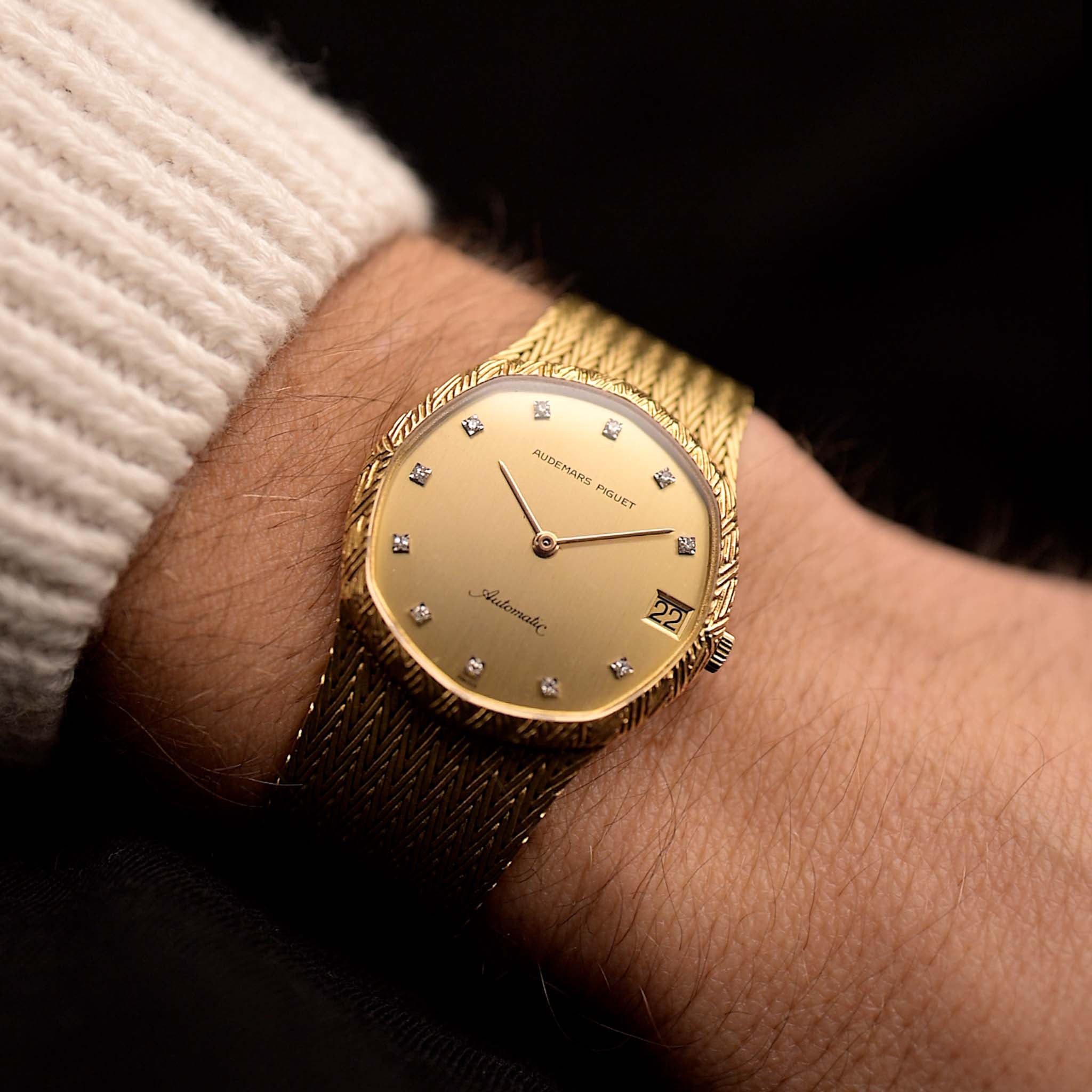
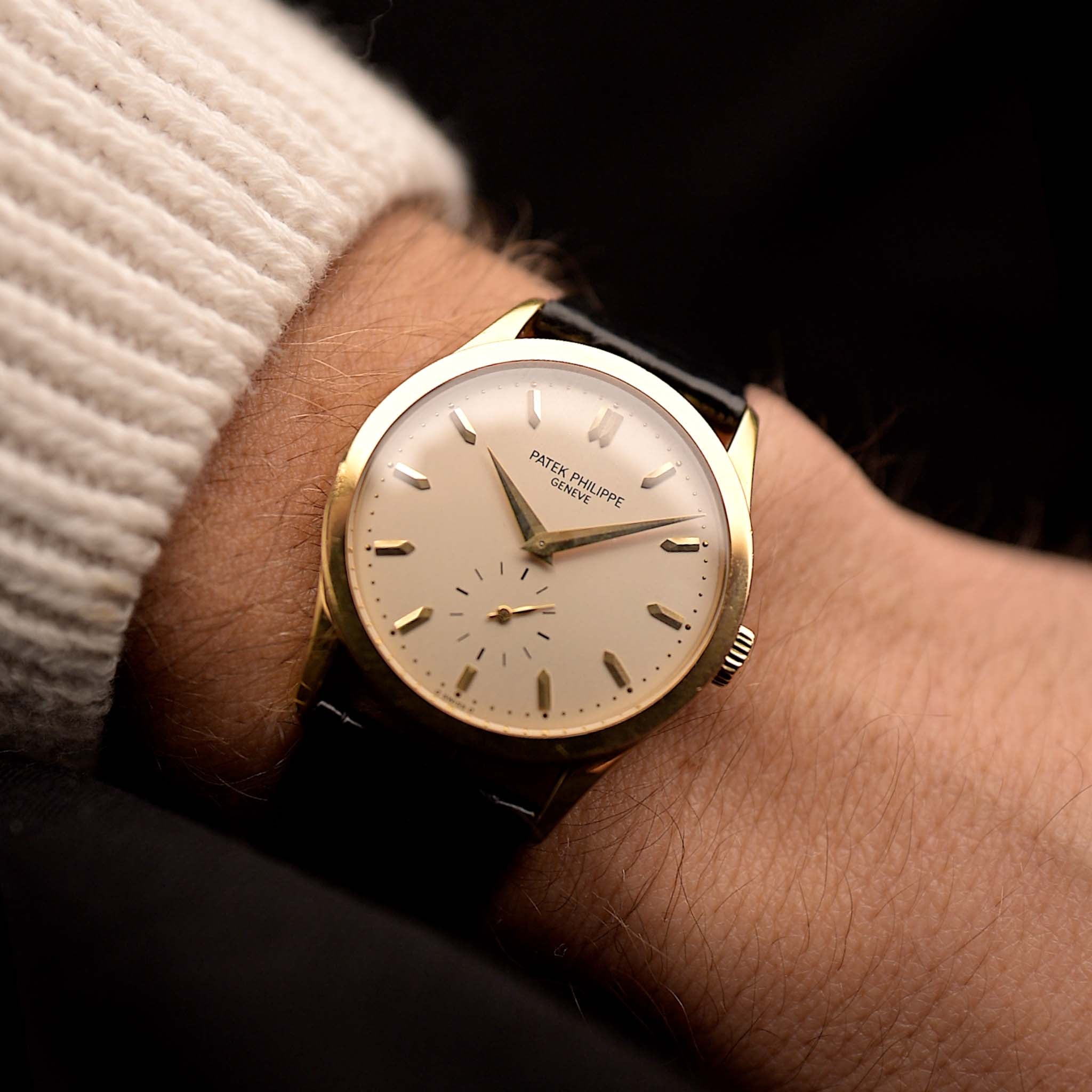
Leave a comment